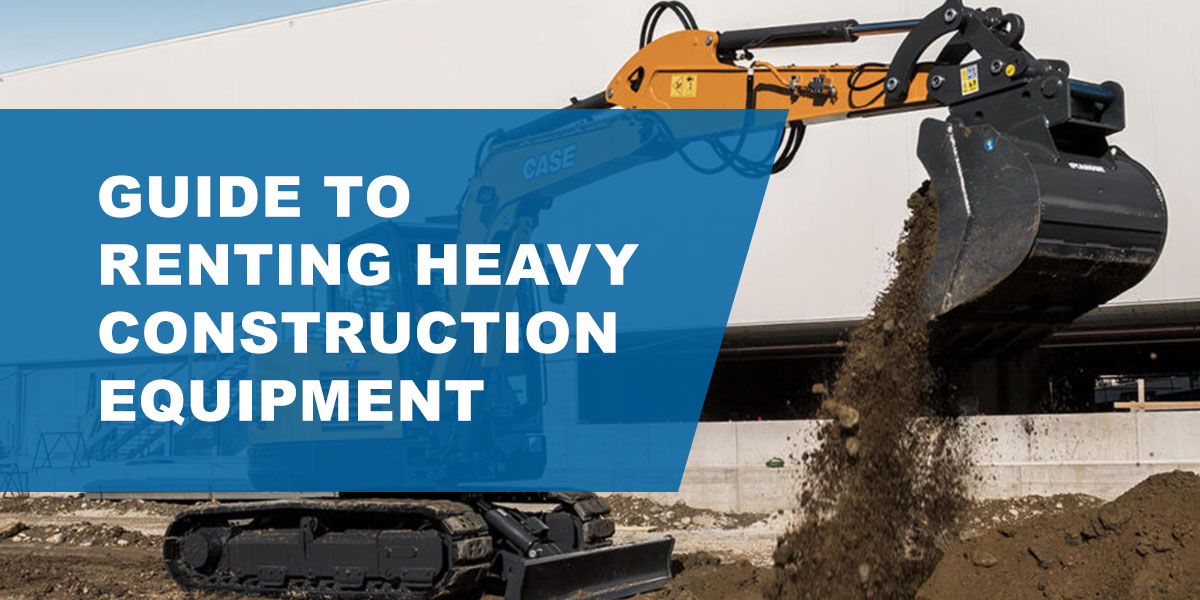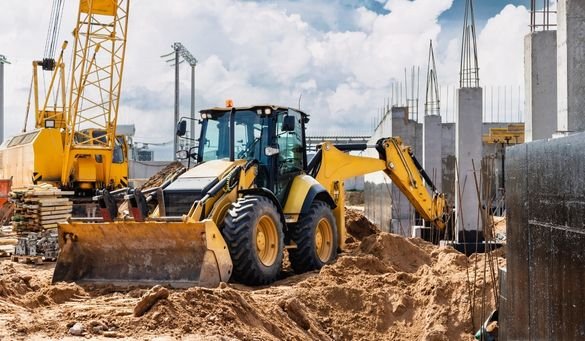Aerial Lift Rental: Versatile Training Solutions for High-Access Jobs
Aerial Lift Rental: Versatile Training Solutions for High-Access Jobs
Blog Article
Maximize Your Budget Plan by Comprehending the Expenses Associated With Building And Construction Devices Services
Recognizing the full scope of costs connected with building and construction equipment rentals is vital for maximizing your budget. What methods can be used to properly take care of these costs and make sure a much more effective rental experience?
Summary of Rental Costs
When considering construction devices rentals, recognizing the connected prices is vital for effective budgeting and job preparation. Rental costs can differ significantly based on a number of factors, consisting of devices type, duration of leasing, and area. The preliminary rental charge usually shows the tools's market demand and its associated functional capabilities, affecting the total expense.
In enhancement to the base rental price, secondary costs may arise, such as transport fees, gas surcharges, and maintenance fees. It is essential to represent these additional costs to properly evaluate the total expense of renting out devices. The rental duration can influence pricing; longer rentals may certify for affordable rates, while temporary services could sustain greater day-to-day costs.

Breakdown of Rental Rates
A comprehensive understanding of rental rates is necessary for service providers and task supervisors intending to maximize their spending plans. Rental prices for building tools typically are composed of numerous elements, including base prices, time-based costs, and usage fees.
Base prices are the core fees connected with the leasing of the equipment, typically figured out by the type and dimension of the equipment. These rates can differ considerably, influenced by factors such as tools need, accessibility, and regional market trends. Time-based fees, which may be daily, weekly, or monthly, offer to accommodate different task timelines and rental periods.
Furthermore, rental prices may consist of use fees, which are applicable when tools is used past a specified limit, making sure that the rental firm can represent wear and tear. Seasonal demand changes can also influence rental rates, with peak building periods commonly commanding higher costs.
Moreover, recognizing the rental firm's plans regarding upkeep and insurance can offer more insight right into the general cost structure. By assessing these parts, specialists can make informed decisions, guaranteeing the option of rental equipment straightens with both project requirements and budget plan restraints.
Extra Costs to Consider
Understanding the details of additional fees is vital for specialists to handle their total service costs successfully. Past the typical rental rates, different supplementary charges can substantially impact the total cost of equipment service. These charges usually include delivery and pickup costs, which can differ based upon range and logistics entailed in transporting the equipment to and from the task site.
Furthermore, some rental business may enforce gas additional charges if the devices is returned with much less gas than when leased. It is likewise vital to know possible cleaning fees, particularly for specialized devices that requires thorough upkeep after use.

Thoroughly assessing the rental arrangement and clearing up these extra fees ahead of time can help specialists avoid unanticipated expenses and make certain that budget plans continue to be intact throughout the task lifecycle.
Repair And Maintenance Costs
Normal upkeep and fixing expenses are often ignored aspects that can significantly affect the overall cost of building and construction devices aerial lift rental services. When renting out equipment, it is vital to consider not only the rental costs however additionally the potential expenses related to keeping the equipment in optimal operating condition.
Several rental companies include fundamental upkeep as component of the rental contract; nonetheless, much more unforeseen break downs or considerable repairs can result in additional expenditures. It's important to examine the rental contract carefully to comprehend what maintenance services are covered and what duties drop on the renter.
Furthermore, tools that is not well-maintained can lead to ineffectiveness on the task website, potentially causing delays and boosting project costs. To mitigate these dangers, it is advisable to conduct regular inspections and keep open interaction with the rental service provider concerning any kind of problems that occur during usage.
Insurance and Responsibility Prices
Insurance and liability prices are important elements that can considerably affect the general expense of building tools rentals (aerial lift rental). These prices make certain that both the rental company and the customer are shielded from possible financial losses emerging from mishaps, damage, or burglary throughout the rental duration

In addition, clients should recognize any deductibles or exemptions in the insurance coverage plan, as these can affect prospective out-of-pocket expenditures. Understanding the terms and problems of any insurance protection is essential to prevent unanticipated prices. Inevitably, budgeting for insurance and obligation expenditures can assist make sure a smoother rental experience and shield against financial risks connected with construction projects.
Conclusion
In verdict, a thorough understanding of the prices associated with building and construction tools leasings is necessary for efficient budget monitoring. Inevitably, educated decision-making concerning equipment services adds to the general success of building and construction ventures.
Rental expenses can vary significantly based on a number of factors, consisting of devices kind, period of leasing, and location (mini excavator rental). The rental duration can affect pricing; longer services might certify for reduced rates, while temporary rentals might sustain higher day-to-day costs
By conducting detailed research study and engaging with reputable rental companies, service providers can successfully browse the intricacies of rental pricing, inevitably maximizing their economic sources.
Beyond the typical rental rates, various supplemental costs can substantially impact the complete cost of tools rental. Rental business typically provide obligation insurance that covers injuries to third parties or damages to home, while tools damages insurance policy can cover the cost of repair services or substitute if the leased devices is harmed.
Report this page